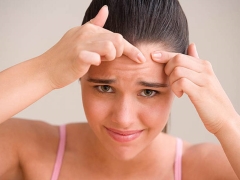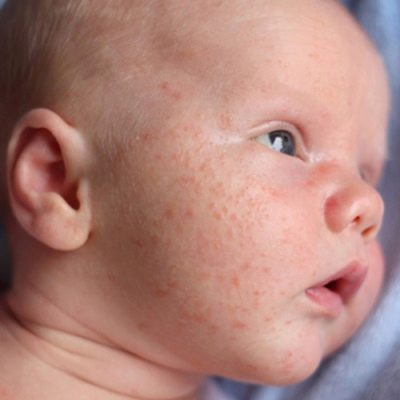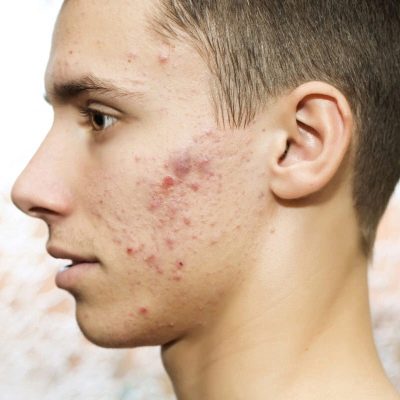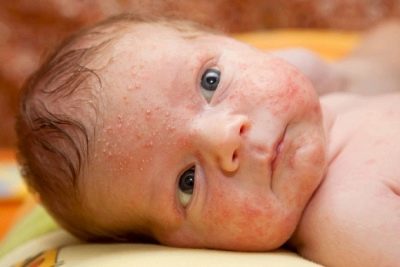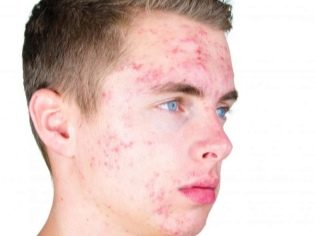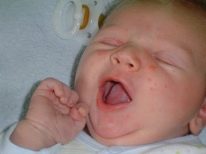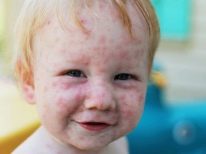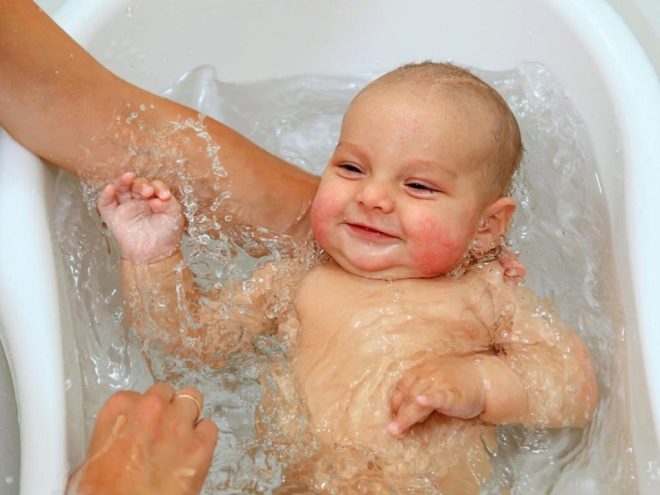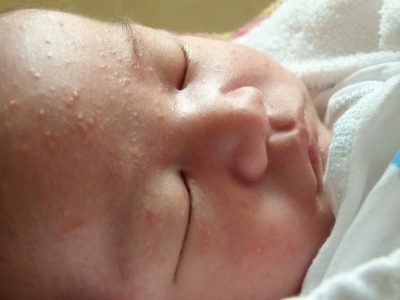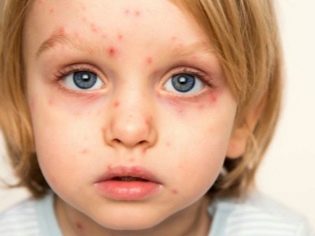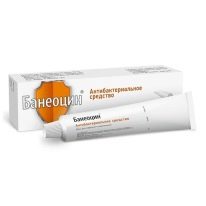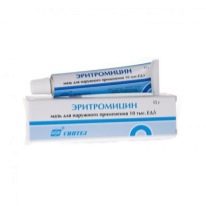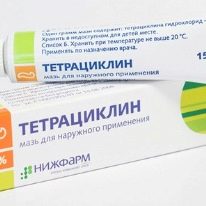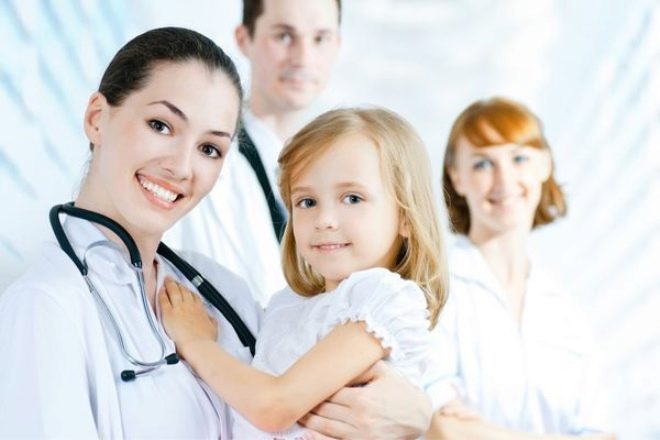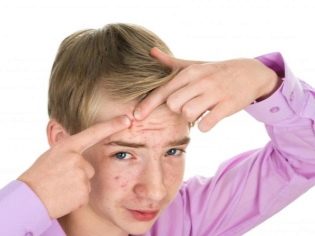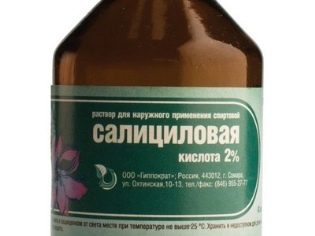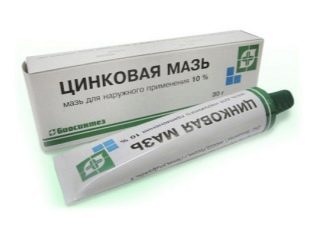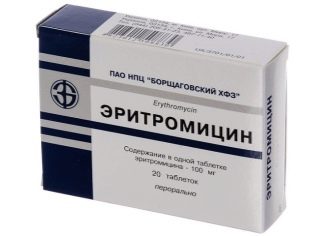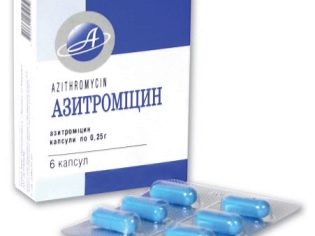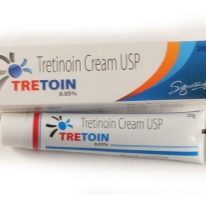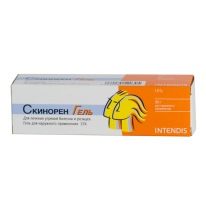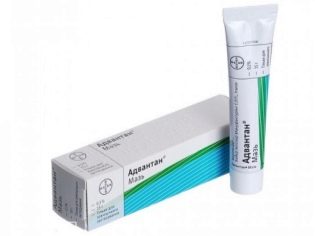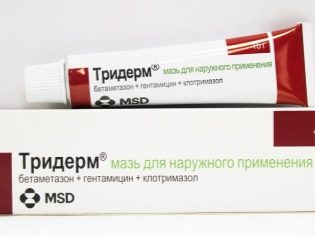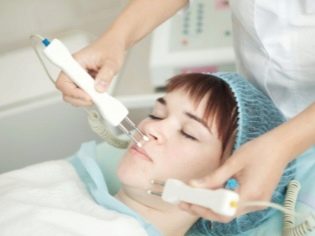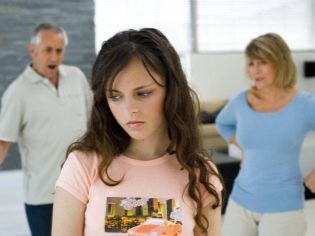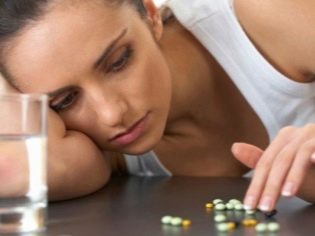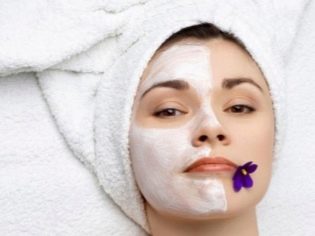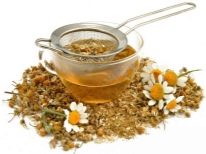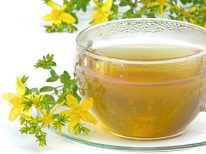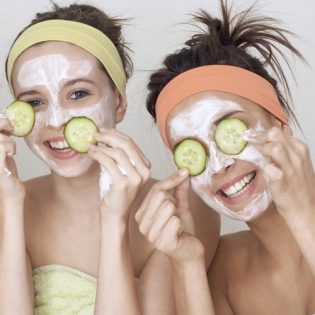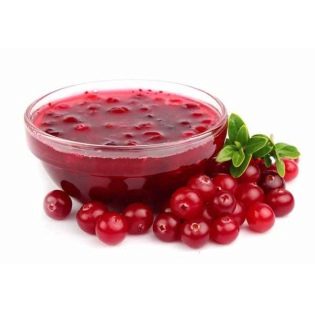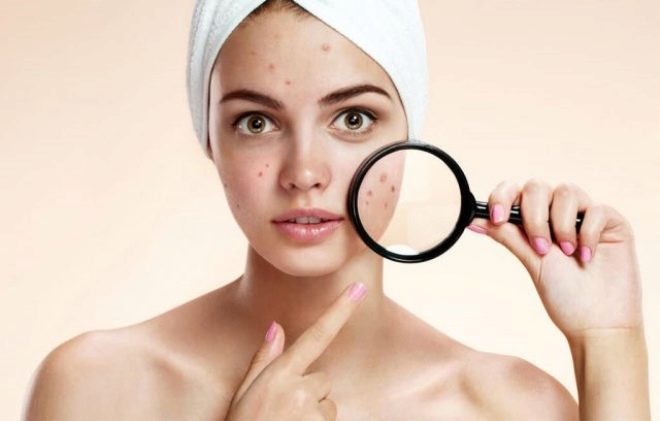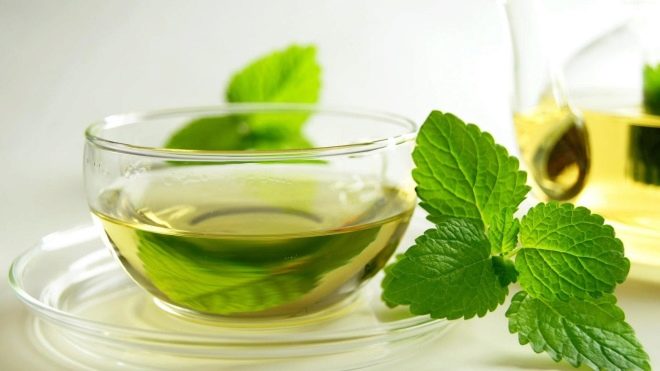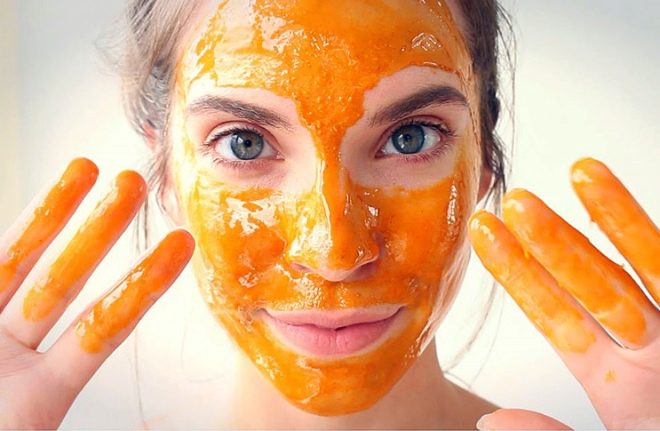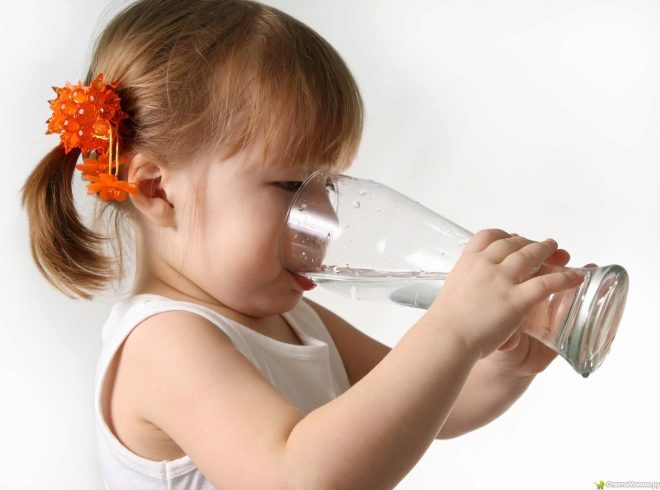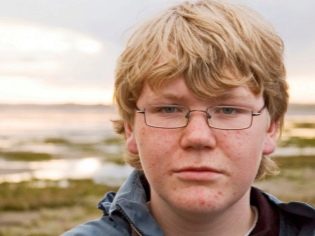Acne treatment in children
Acne and acne on the face and body of a child always bother the parents. First of all, anxiety is caused by the fact that it is not always clear why the baby has acne. And, therefore, it is not clear how to treat it. In this article we will look at the basic methods that will allow you to get rid of acne of a child of any age.
Why do acne appear?
Acne in the language of doctors is called "acne." A pimple is nothing but a sore hair follicle and sebaceous gland. If the production of subcutaneous fat for some reason increases, then it is time to quickly clogged with this secret, and if an infection joins, then inflammation occurs.
So briefly looks like mechanism of acne in children of any age. Acne rash itself is superficial and deep, localized (for example, only on the face) and drain (when fairly large areas of different parts of the body are covered with solid acne). The usual time for subcutaneous fat is comedo. He is open - “black dots” and closed - white Wen. If a bacterial infection has joined, then there are papules — towering hollow acne or pustules — purulent pimples.
The causes of acne at different ages are different. Talk about this further.
In newborns and infants
Neonatal cephalic pustus is an acne of newborns. It occurs in about every third baby. Sometimes it develops in the first days after birth, and sometimes during the first half of the year of independent life. Most often pustules and wen are located in the newborn on the face and head. Less often - on the ears and neck.
The reasons for the appearance of science are not known for certain. Scientists consider two prerequisites as the most convincing versions: hormones and adaptive abilities of the organism. It is believed that the infant is greatly influenced by the level of female sex hormones, which the mother during the period of pregnancy and during the delivery “handed over” to the baby. In addition, the skin adapts to the new habitat - anhydrous. The sebaceous glands have not yet “rehearsed” normal work in these conditions, therefore Subcutaneous fat in infants is formed more than it needs to protect the epidermis.
Do preschoolers
The list of reasons that lead to acne in kindergarteners is much wider. First of all, it is improper hygiene, skin contamination, microtrauma (scratches and small abrasions), which are penetrated by pathogenic bacteria. An extensive rash at this age almost never happens. We are mainly talking about local rashes and single acne in a child. The location is mainly the upper torso.
Since children often touch their faces with dirty hands, eels appear on the cheeks, on the forehead, less often - on the neck.
The cause of acne at this age can also be improper diet - the excess presence in the child's diet of carbohydrate and fatty foods. Sweating affects the formation of acne, if the baby is dressed warmer than the weather requires, if in the house where the peanut lives, it is hot, then the likelihood of acne increases.Sometimes parents themselves are guilty of acne, because they believe that daily washing a child with baby soap or other cosmetics is useful. In fact, the skin is dried, loses the protective shell of subcutaneous fat, and the body begins to actively produce new fat in much larger quantities. The pores cannot infer that amount of secretion and become clogged.
Teenagers
As with infants, teenagers have acne as physiological. Acne rash from the age of 12 appears due to increased production of sex hormones - estrogen in girls and testosterone in boys. Under the influence of hormonal rebellion all organs and systems of the body are mobilized. No exception and skin. Sebaceous glands begin to produce a huge amount of subcutaneous fat.
The locations of acne in adolescents are varied - from the traditional location on the face to acne on the back, on the shoulders, on the arms above and below the elbow and on the legs, and even on the priest and in the intimate zone. Teen acne can be superficial, and deep and even confluent.
The main reason - hormones, although the factors that enhance the manifestations of acne, many. This is the sweating and severe stress that a child experiences during exams or preparation for competitions, in the period of love and because of difficulties in relations with his peers.
The intensity of the rash is influenced by both medications and steroid drugs, which many adolescents begin to take for a more pronounced effect from fitness.
Unhealthy diet is considered one of the most serious causes of teenage acne, because at this age, children can eat irregularly, on the run, prefer fast food to a normal dinner.
How to distinguish from the disease
Acne is important to be able to distinguish from numerous dermatological diseases, which also manifest pustules and papules. In order not to study dermatology textbooks and infectious diseases directories, it’s enough for parents to remember several distinguishing features of skin ailments from banal acne:
- Acne never not deployed in the tongue, on the mucous membranes of the nose and mouth. If a rash is found in these places, you should call a doctor and exclude herpes infection, diphtheria, stomatitis.
- Acne not located on elbows, palms and feet. If you find a rash on the foot, palms, heels, and the nature of the rash resembles a dense wart, you should contact a dermatologist or infectious diseases specialist.
- Small rash on elbows, knees and under the knees, on the fingers and in the interdigital space, on the hands, on the thighs, on the stomach, which is also itchy and itchy in the evenings, is a reason for a speedy visit to the infectiologist. Perhaps it is about scabies.
- In small children, acne is located only on the face. If there is a rash on the body, be sure to call the pediatrician. It may be an infectious disease (chickenpox, measles), and dermatosis, and allergic manifestations. Acne rash in babies does not itch and does not itch; if there is a pronounced anxiety, the baby should also be examined - perhaps it is not acne. Rash under the arm, in the skin folds under the knees - it is diaper rash.
- Acne which manifested in certain situations - after taking the sweet, after the tablet "Paracetamol" - this is not acne, but food or drug allergies. Treat such acne is not necessary, it is necessary to treat an allergic reaction. Contact - an allergist.
- Acne, even deep and confused, does not affect the overall well-being of the child. His temperature, stools, appetite remain normal.
If any symptom indicates a malfunction in the body, which coincides with the appearance of a rash, you should definitely call a doctor.
Treatment
Grudnichkov
Acne rash in newborns and children up to a year does not need special treatment, because it is physiological. As soon as hormonal levels return to normal, an excess of maternal sex hormones will disappear, the baby’s skin will become normal. However, it makes sense to help infant skin faster and easier to adapt to the environment.
For this it is important not to allow the child to sweat. In the room where the baby sleeps, should not be hot. It is best to adhere to an air temperature of +20 degrees and a relative humidity of 50-70%. Wearing a toddler is necessary for the weather. And if he still sweats, for example, in the winter on a walk in a warm jumpsuit, be sure to bathe him after a walk in warm water without detergent.
It is not necessary to lubricate baby pimples with baby cream and other cosmetics on a greasy, oily base. This leads to additional blockage of skin pores and increased formation of pimples. It is impossible to squeeze pimples in order to avoid pathogenic bacteria and the development of purulent bacterial inflammation. It is necessary to bathe a child with baby soap no more than once a day, in the evening before bedtime. When choosing a bathing product, it is important that it be hypoallergenic, not alkaline, without perfume and dyes.
After bathing, the child is not rubbed with a towel, but only gently soaked them in order to prevent the skin from micro-trauma.
For the treatment of neonatal acne you should not use powder, it is not necessary to lubricate pimples with alcohol-containing agents. Mom who feeds the baby breast should stop nervous. The hormone cortisone, which is produced under stress, enters the body of the baby with mom's milk and also contributes to the appearance of pimples.
It is not necessary to test on the skin of the baby the latest cosmetic products to combat acne. This is fraught with serious consequences for the child. Much more useful for infants - air and sunbathing naked, bathing in the bath, which added a decoction of chamomile pharmacy or train, and hardening - dousing with cool (not cold!) Water.
A baby should be taken to the doctor if the parents cannot understand the cause of pimples, if the rash does not go away within 4-5 months, if the skin becomes “goose”, if the pimples become purulent.
Preschool kids
If an acne rash appeared in a preschooler, it must be shown to a doctor. With this, in fact, treatment should begin. Acne at this age is not a physiological norm and always indicates that pathological changes occur in the body. It is necessary to begin the examination with a visit to a pediatrician, and then to a dermatologist, gastroenterologist and neurologist.
Quite often at this age acne occurs in children. with a genetic predisposition to acne. This fact makes the rash difficult to cure. However, do not despair. First of all, adjust the nutrition of the child. The abundance of pastries, sweets, as well as fatty foods, smoked sausage and fish, fatty meats, and butter are excluded from the preschooler's diet. Cookies, chocolate and chips are prohibited. Be sure to give the child every day fermented milk products - curds, kefir, bioyogurt.
Low-fat meat and poultry boil or bake, make the meatballs steam. Every day, the child should eat a salad of fresh vegetables with sunflower oil.
For skin defatting You can use a 3% salicylic alcohol solution. It is necessary to wipe their face no more than once a day in order to avoid drying of the skin. Wash your baby should not hot, and warm water no more than twice a day. It is important to teach the kid not to touch his face with his hands, not to touch pimples, not to rip them off and not to squeeze.
If the pimple is damaged, It should be quickly treated with hydrogen peroxide and powdered with powder "Baneocin".The drug has a strong antibacterial effect and protects the child from the penetration of bacteria that cause purulent process.
With multiple purulent pimples with the permission of a doctor, apply locally 1-2 times a day ointment "Baneotsin", as well as other ointments with antibiotics - "Erythromycin" or "Tetracycline".
If the cause of acne in such an unusual age lies in disorders of the stomachs and intestines, The main disease is treated, after which the child is prescribed live bacteria intake - Bifidumbacterin.
Cosmetic procedures for getting rid of acne skin are not performed for children, any aggressive effect on the skin at this age is contraindicated. Under the ban - antiseptics (iodine, brilliant green and other means), children's cream, adult face care products, masks based on honey, oil, red berries.
It is important to ensure that the child does not overheat, do not sweat. If sweating is increased, the child should be dressed more easily, and water procedures — washing with warm water from the shower without soap and washcloth — should be made more frequent (up to several times a day). Bed linen, clothing that is in contact with the affected skin should be sewn only from natural fabrics. Synthetics and semi-synthetics even more mechanically irritate the skin.
Unscheduled admission to the doctor for a child with acne at preschool age should be remitted if the pimples become red, inflamed, many new purulent “heads” appear, the temperature has risen or the child’s general well-being has deteriorated.
Teenagers
Treatment of teenage acne in boys and girls requires considerable effort from doctors and parents. It should immediately tune in and adjust the child correctly - the treatment of the problem will take more than one month. In this case, actions should be daily, mandatory, systemic.
The treatment will be extremely complex, and the medicines in it are far from the most important component.
It is advisable to visit the doctor - cosmetologist-dermatologist. He will be able to establish the likely provocative factors of acne in a teenager. The reason is known - it is a surge in sex hormones, but the accompanying factors may be different. Sometimes there is a need to take scrapings from the contents of the pustules on the skin in order to establish which microbe caused the suppuration and to which existing antibacterial preparations it is sensitive.
Good help teens "Zinc ointment." It should be applied to areas with acne, easily rubbing into the surface of the skin, no more than 1-2 times a day. For acne with purulent heads, according to adolescents, Zener ointment rather quickly and effectively helps. It contains both zinc and antibiotic.
For the treatment of acne in adolescents using external means that regulate the production of sebaceous glands. The most successful treatment is such ointments and gels:
- "Tretinoin";
- "Ugresol";
- Oxygel;
- "Baziron AS";
- "Adapalen";
- Skinoren;
- "Acne-Free."
In severe cases, when the above drugs do not help, do not have the desired effect, an alternative treatment is recommended to the teenager.
These include hardware and ultrasonic cleaning of the face, laser cleaning, manual instrumental cleaning of the pores from the accumulated subcutaneous fat and treatment of pustules. In some cases, if a teenager has deep cysts, hormonal agents (corticosteroids) are injected directly into acne with a syringe.
The procedure is quite painful, but very effective in the event that other methods did not produce results.
The services of surgeons will have to resort in the event if deep purulent cysts leave deep "ruts" on the skin. The treatment will be directed not only at cleansing the inflamed cavities from pus, but also at correcting cosmetic defects. Most often, surgeons excise a pimple with a dimple and impose on this place a piece of the teenager’s own skin, a kind of “patch” - a graft.
Such methods are mainly used in the treatment of acne on the face. Not forearm, on the back are satisfied with medical treatment. After the procedures and surgical treatment, the child is prescribed the usual scheme of using ointments. Thus, the minimum course of treatment lasts from 3 months to six months.
Along with treatment, the adolescent’s life schedule should be changed. Reduce stress factors. For this, the boy or girl is prescribed light soothing preparations on a plant basis. They should be taken once a day, before bedtime. Give a good effect "Persen"And tincture of motherwort. Take them in the morning is not worth it, because the funds cause sedation, drowsiness and the inability to concentrate on learning.
The teenager must sleep at least 8-9 hours Observe this rule is very important, since many hormones are synthesized in the body only during sleep. Lack of sleep leads to an additional hormonal imbalance, and acne increases, despite all the medications that the child takes. Proper and balanced nutrition also plays an important role. Daily in the diet of a teenager must be present fresh vegetables and fruits, juices, dairy and dairy products, whole grain bread, lean meat and fish. It is forbidden to eat fast food, fried and fatty dishes, factory sweets, yeast dough and baking from it.
Adolescents who take steroids to achieve athletic performance or build muscle, should at the time of treatment and in the period after it resolutely abandon these drugs and protein sports nutrition.
Folk remedies
Experts in the field of traditional medicine are not advised to use herbal and honey based products for children under 3 years of age, and also to apply such methods for the treatment of acne in allergic children.
Generally, to consider the popular ways of dealing with acne as the main treatment is not worth it. But here you can take note of some recipes and use them together with drug therapy as an aid, and sometimes even as necessary.
“Black dots”, which adolescents are so exposed to, are well out of pores, if a young man or girl is masked with rustic grained curd mixed with raw egg white. Purulent pimples of the surface type are well exposed to the mask of mashed fresh berries of viburnum or strawberry, and cranberry masks.
It is better not to carry out such procedures for babies because of the possible risks of a strong skin allergic reaction.
In adolescence, you can use the most common lemon. The juice of this citrus is added to the water for washing. It is better not to do acidic washing for small children because of the risk of liquid entering the eyes and nose. Teenage girls often use undiluted lemon juice to lubricate acne separately. This method is also valid, however, provided that acne does not have purulent "heads" and their integrity is not compromised.
Teenagers who are not prone to allergies can make honey masks once a week. A warm product of beekeeping is mixed with a small amount of milk and applied to the skin in a thin layer. After 15-20 minutes, the mask is washed off with warm water. The skin is not wiped off, but allowed to dry on its own.
To improve metabolism, which directly affects the condition of the skin, a child over 4-5 years old can be given half a glass of cool water on an empty stomach in the morning with the addition of fresh juice of fresh cabbage, beets, carrots.
General recommendations
When treating acne in children of any age, it is important to observe some rules that will get rid of acne faster and more efficiently:
- You can not steam out the face of a child. Moreover, you should not steam it out, in order to squeeze out a hated pimple. Despite the fact that this method of cleaning the face has been known for a long time, in the absence of sterility in the house, these manipulations are a sure way to infect the skin with bacteria and deeper further inflammation, as well as the spread of acne lesions on neighboring skin.
- It is impossible to wash the child often and diligently. Moreover, you can not do it with hot water. High temperatures in the bathroom, sauna or bath only increase the production of subcutaneous fat and this leads to clogged pores in other places.
- Soap and cleansers for the face is better not to use. Young children do not need soap for their skin at all, and it is better for teenagers to replace alkaline soap with a product from the line of medical cosmetics - gel for washing.
- Wipe face with alcohol, burn them acne ineffective and harmful to the skin. Alcohol bacteria are not afraid, but because the number of acne from it is not reduced. But drying out the skin leads to additional sebum production and the formation of new elements of the rash.
Any acne treatment should be age appropriate. It is necessary to choose drugs with antibiotics only after consulting with a doctor, who will confirm that the inflammation on the skin is of a bacterial nature.
About what acne is, see the next video.
